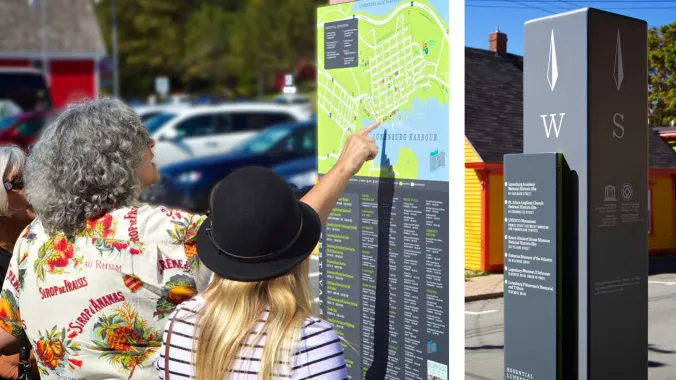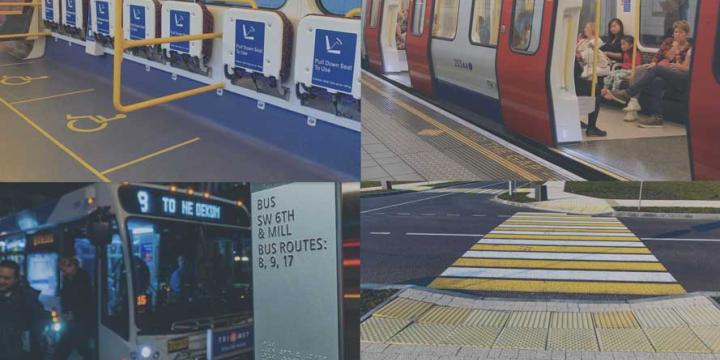Course Info
11 video lessons (57 Mins)
Published
2023Trending
-
4.69
Preview Course
Browse Course Chapters
-
1.Introduction
5 mins
-
2.Scenarios
3 mins
-
3.Elements of Wayfinding
3 mins
-
4.Wayfinding Environments
5 mins
-
5.Sympathy For The User
9 mins
-
6.Analog Signs in a Digital Age
3 mins
-
7.Brand Considerations
5 mins
-
8.Consistency
6 mins
-
9.Accessibility and Universality
6 mins
-
10.Sign Typology
5 mins
-
11.Closing
3 mins
What You Will Learn
- Understand what wayfinding is and who it is for.
- Learn some reasons why a municipality might want to adopt a wayfinding system.
- Acknowledge the various environments in which wayfinding is commonly adopted.
- Know that signage is only part of the wayfinding puzzle.
- Learn to sympathize with the user and follow principles of brevity & consistency.
- Understand common accessibility and inclusivity considerations.
- Know how to recognize common sign types employed in wayfinding.
Course Description
Wayfinding is the art and science of guiding people through public spaces. Roads and trails, parks and squares, campuses, transit terminals, hospitals, and airports are all places where people need help finding their way through unfamiliar environments. Often overlooked, wayfinding is important for urban design, accessibility, and economic development. Visitors want to know: What can I do in this place? Am I welcome? How do I find the destination I'm looking for?
Signage is one of the most common solutions, and Canadian planner Adam Fine takes you through all the considerations of planning a wayfinding signage system for municipalities, including functional requirements and user groups, message control, accessibility and universality, the design process, implementation, costs, and working with sign fabricators.
Learn these skills
- Accessibility
- Bicycle Planning
- Communications & Media
- Parks & Recreation
- Pedestrian Planning
- Transportation
- Urban Design
- Walkability
- Writing



























